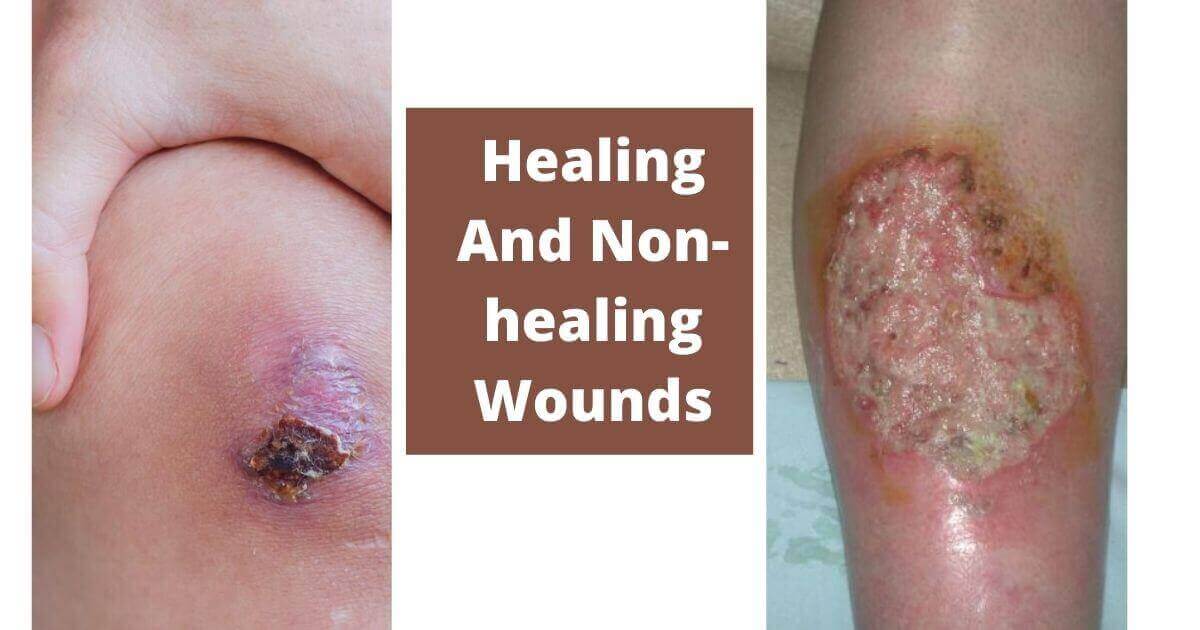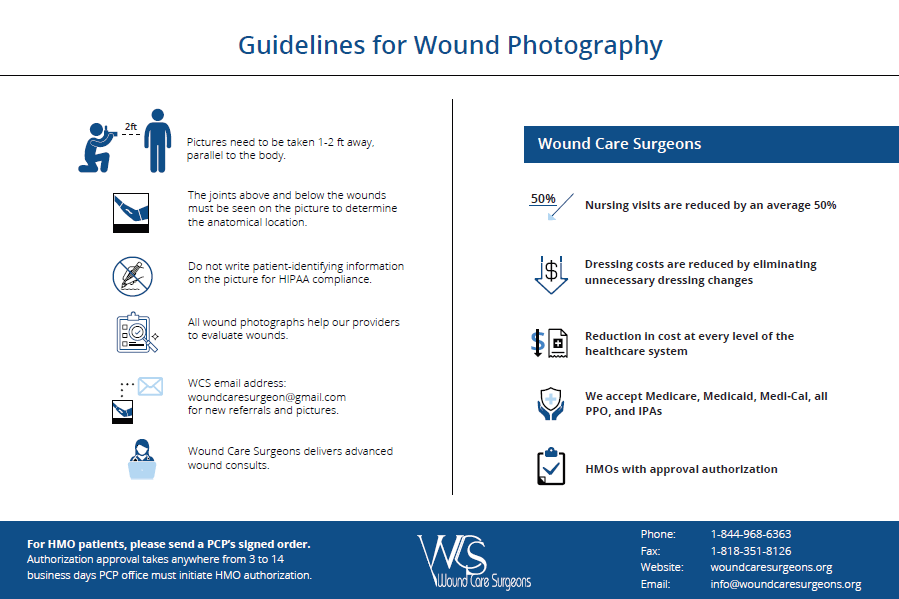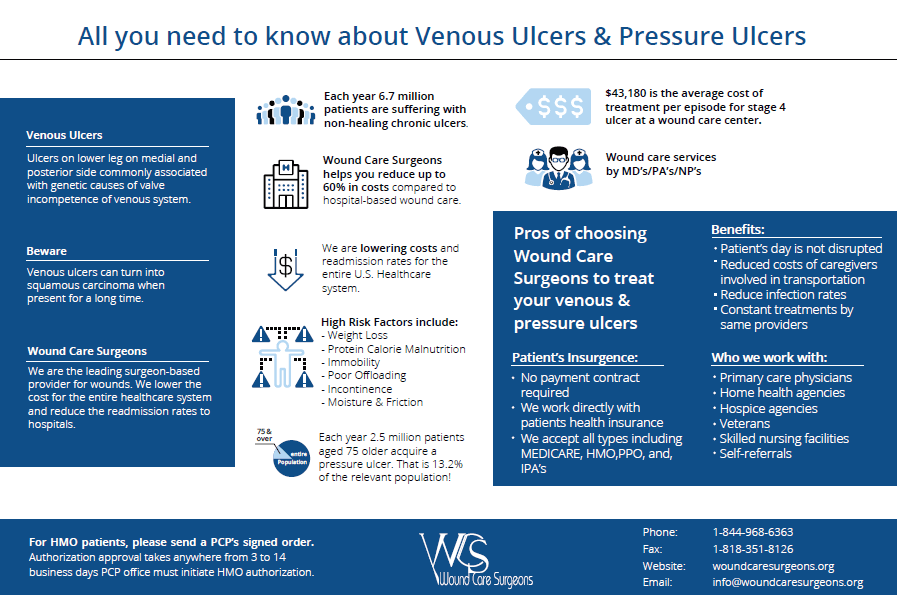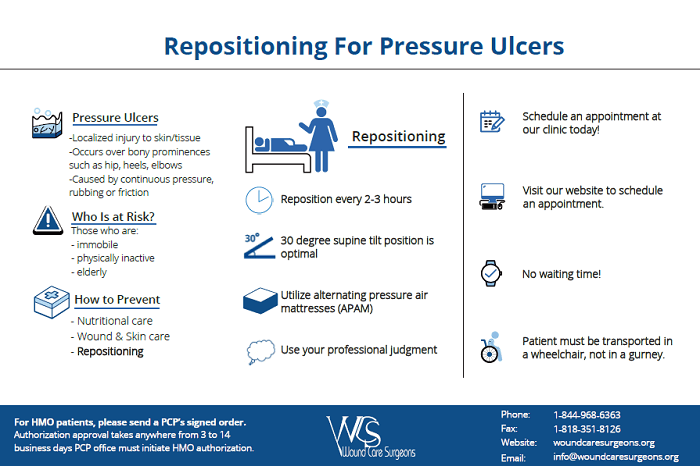
Whenever you experience an injury on any part of your body, your body starts healing itself within a few minutes after its occurrence. It goes through several stages of wound healing. On one hand, where the smaller wounds heal quickly, the large and deep wounds tend to take a longer time. It completely depends on the type of dressing, overall health status, and many other essential factors that have a vital role in recovery. Different types of wounds are treated with different suitable methods but if you have a wound that seems to take months or more to heal or if your wound healing process starts slowing, it could be a sign of a serious condition. It may indicate inadequate treatment methods or require the use of different wound treatment.
So, it is very essential to be aware of the signs of healing and non-healing wounds. It will help you ensure if your wounds are healing properly.
Signs of Wound Healing
There are four stages of wound healing - Hemostasis, inflammatory, proliferation, and maturation. Here are the signs that will help you recognize whether a wound is healing normally:
1. Bleeding or Scabbing - The wounds like burns and pressure ulcers do not bleed but if there are cuts or puncture wounds, it goes through three stages - bleeding, clotting, and scabbing. It means that the wound will bleed and begin to clot within a few minutes and after the blood begins to dry, there will be scabbing. But if the wound is bleeding after a significant period and there is no scabbing, you may need to seek Wound Care Specialists.
2. Swelling - After the scab formation, the body’s immune system starts healing the wound in the form of swelling and tendering. Swelling is the sign that the body’s immune system is working properly and repairing your wound. You may notice drainage from the wound to clear the area. It may give a reddish or pinkish appearance enabling sufficient flow of blood, oxygen, and nutrients to the affected area.
3. Growth of New Tissues - When the swelling is stopped, the tissues will be forming over the wound that can last a couple of weeks in case of minor wounds. This is the stage when the body repairs broken blood vessels and replaces damaged tissues. In the process of wound healing, the skin pulls the wound edges inward and it will get smaller.
4. Scarring - This is the last stage of wound healing that can last as long as two years. There will be a scar in the place of the initial scab. If the injury is minor, the scar will slowly fade away. You may experience itching.
Signs of Non-healing Wounds
The wound healing process depends on the wound type, its severity, and the type of wound dressing for effective healing. However, some individual factors play a vital role in the overall healing process such as diet, exercise, smoking, and alcohol use, etc. The Bedside Wound Care will provide you with certain instructions and necessary wound supplies. If you follow them correctly, the wound healing process will improve. Here are the signs that wound healing is not working:
1. Foul Odor - In case of non-healing or chronic wounds, there may be a strange or unpleasant smell from the wound that may indicate dead tissue. The patients should not use scent-making products to get rid of it. It could intervene with the overall healing process or lead to other complications as well.
2. Smelling and Thick Discharge - If there is any yellow, white, or green-colored discharge from the wound, it could be a sign of infection. It gives a foul odor and needs to be treated as soon as possible. This process is also known as purulent drainage and the patients need to be very careful while washing away the discharge with warm water and soap. If there is any issue, immediately see Bedside specialist care.
3. Swelling or Redness -In the initial process of wound healing, you may notice swelling or redness in the affected area but it gets better usually within a couple of days. It is normal as the body fights against bacteria and other potential infections. But if this condition sustains for more than a week following surgery, it could be a sign of a bacterial infection.
4. Fever - Fever indicates both viral and bacterial infections. If the fever of over 100 degrees F lasts for more than four hours, there could be more serious complications.
5. Hot Skin - If there is an infection in or around the affected areas, the body’s immune system releases white blood cells to fight the bacteria. The process generates heat and leads to an increased temperature of the surrounding skin. Some level of heat is normal but if it stays more than a few days, the wound could be infected.
If you or any of your loved ones are suffering from chronic, non-healing wounds, contact wound care at bedside. A qualified, standardized, and trusted wound care program dedicated to healing all types of chronic, non-healing wounds in the comfort of home. The patients can save their time, money, and energy from hospital visits as well as enable effective healing under the convenient supervision of their loved ones.



